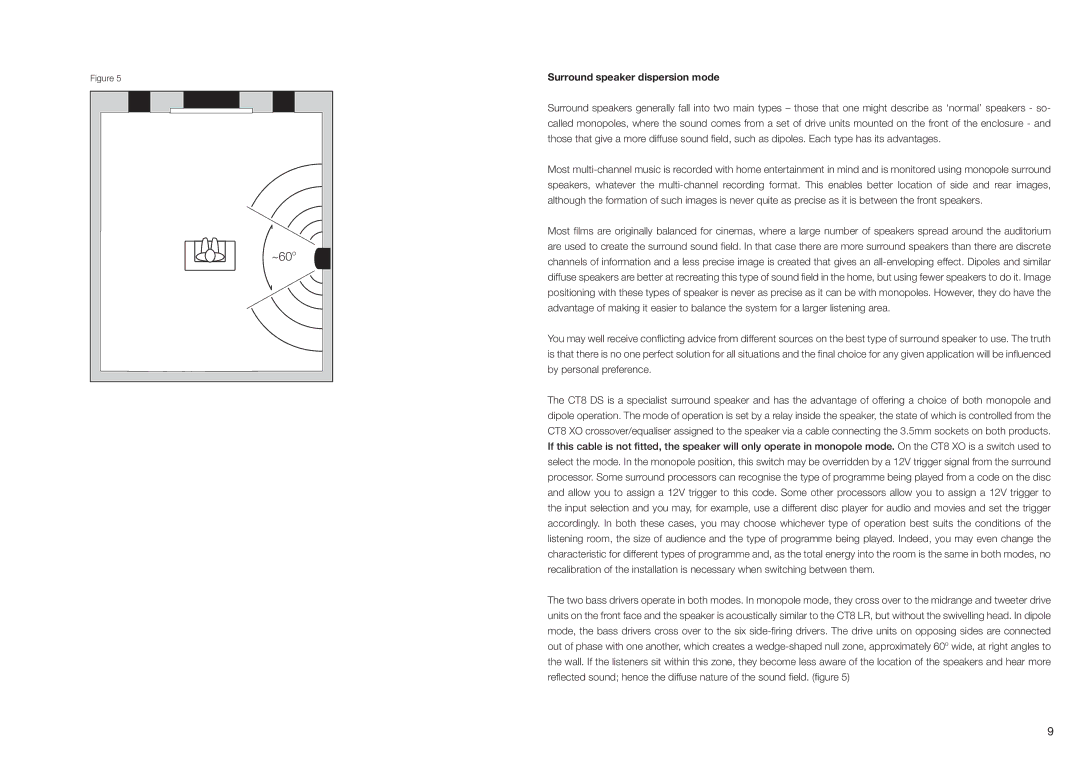
Figure 5Surround speaker dispersion mode
| Surround speakers generally fall into two main types – those that one might describe as ‘normal’ speakers - so- | |
| called monopoles, where the sound comes from a set of drive units mounted on the front of the enclosure - and | |
| those that give a more diffuse sound field, such as dipoles. Each type has its advantages. | |
| Most | |
| speakers, whatever the | |
| although the formation of such images is never quite as precise as it is between the front speakers. | |
| Most films are originally balanced for cinemas, where a large number of speakers spread around the auditorium | |
~60o | are used to create the surround sound field. In that case there are more surround speakers than there are discrete | |
channels of information and a less precise image is created that gives an | ||
| ||
| diffuse speakers are better at recreating this type of sound field in the home, but using fewer speakers to do it. Image | |
| positioning with these types of speaker is never as precise as it can be with monopoles. However, they do have the | |
| advantage of making it easier to balance the system for a larger listening area. | |
| You may well receive conflicting advice from different sources on the best type of surround speaker to use. The truth | |
| is that there is no one perfect solution for all situations and the final choice for any given application will be influenced | |
| by personal preference. | |
| The CT8 DS is a specialist surround speaker and has the advantage of offering a choice of both monopole and | |
| dipole operation. The mode of operation is set by a relay inside the speaker, the state of which is controlled from the | |
| CT8 XO crossover/equaliser assigned to the speaker via a cable connecting the 3.5mm sockets on both products. | |
| If this cable is not fitted, the speaker will only operate in monopole mode. On the CT8 XO is a switch used to | |
| select the mode. In the monopole position, this switch may be overridden by a 12V trigger signal from the surround | |
| processor. Some surround processors can recognise the type of programme being played from a code on the disc | |
| and allow you to assign a 12V trigger to this code. Some other processors allow you to assign a 12V trigger to | |
| the input selection and you may, for example, use a different disc player for audio and movies and set the trigger | |
| accordingly. In both these cases, you may choose whichever type of operation best suits the conditions of the | |
| listening room, the size of audience and the type of programme being played. Indeed, you may even change the | |
| characteristic for different types of programme and, as the total energy into the room is the same in both modes, no | |
| recalibration of the installation is necessary when switching between them. | |
| The two bass drivers operate in both modes. In monopole mode, they cross over to the midrange and tweeter drive | |
| units on the front face and the speaker is acoustically similar to the CT8 LR, but without the swivelling head. In dipole | |
| mode, the bass drivers cross over to the six | |
| out of phase with one another, which creates a | |
| the wall. If the listeners sit within this zone, they become less aware of the location of the speakers and hear more | |
| reflected sound; hence the diffuse nature of the sound field. (figure 5) |
9
